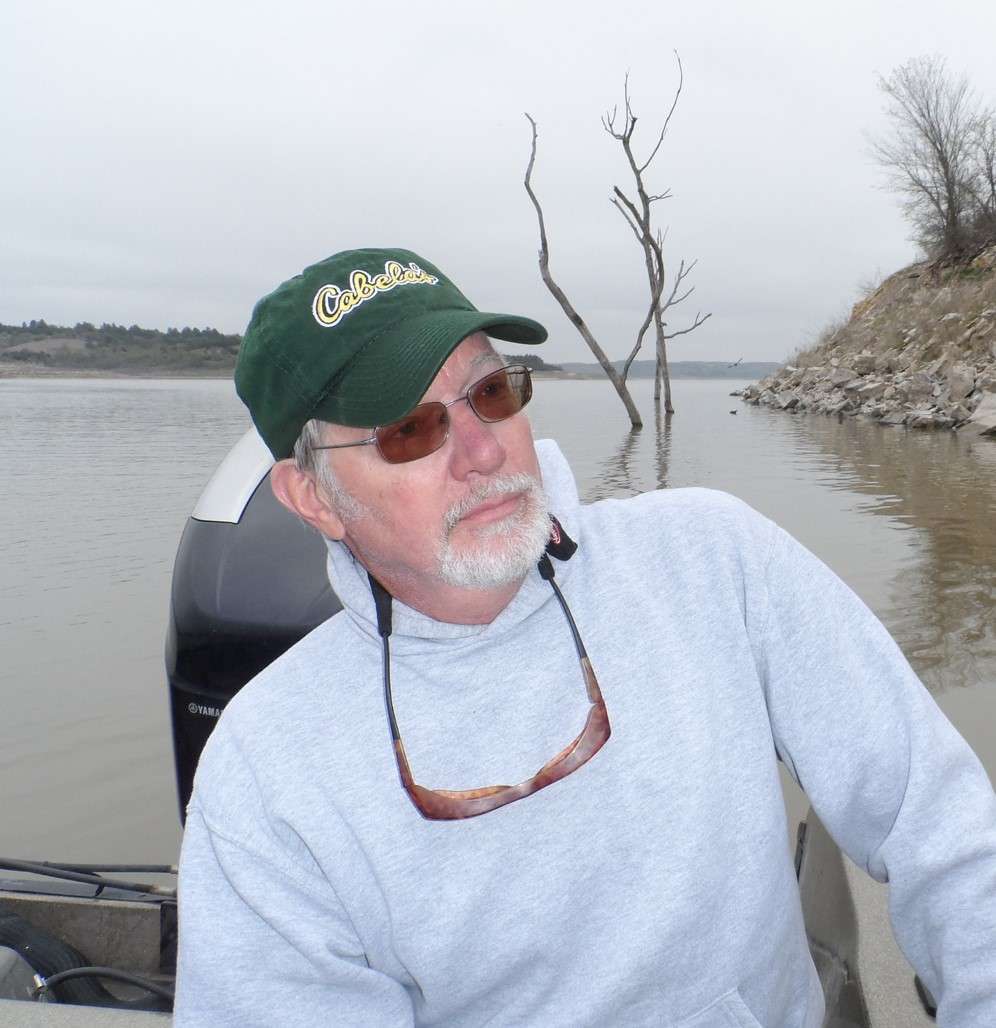I trapped until deer rifle season, figuring to set out more traps this week, weather permitting. I had one spot I was very anxious to trap but couldn’t get into earlier because the farmers milo was not yet cut. What makes this spot special is a brushy draw about 30 yards wide and over 300 yards long that’s situated in the middle of a quarter section with milo stalks on one side and new wheat on the other. A drainage runs through the middle of the field and through the middle of the draw, making it low in the middle and much higher on each end. There is always lots of coyote sign on this property no matter what crops are there or how they are situated, and this year is no exception. A month ago I was getting antsy to get back there and was able to drive in as far as the top of the draw, as some of the milo was cut. I parked there and decided to go for a stroll to look things over and get an idea of how to work it this year. As I strolled slowly along I caught a coyote slipping out just ahead of me and disappearing into the standing milo.
Sunday afternoon I finally got out there and set five traps, one at each end of the draw, two along one side where the drainage enters the draw and one on the far side of the property. Monday morning I had a coyote at the far end where milo stalks, new wheat and the brushy draw come together. As I approached the coyote, its fur and especially its head were an odd dirty color. When I examined it, I found a few small bare spots and notice its tail was partially bare; it had mange and its pelt was of no value. Tuesday morning I had a coyote at the near end where milo stalks, wheat and brush all came together. At first glance the fur on that coyote looked good, but a closer look showed me the fur on one hip was very thin; it also had the beginning stages of mange. Wednesday morning I had a coyote in the trap at the very back of the property. Its fur was the same strange color as the first and it had bald spots all over its body and its tail was nearly bare. All three coyotes had different stages of mange and I’m surprised any of them had survived the recent cold weather.
I spoke with Matt Peak, Fur Bearer Biologist with the Kansas Dept of Wildlife, Parks and Tourism about mange in Kansas coyotes. The simple explanation is that tiny mites burrow into the coyotes skin, making it scratch fiercely trying to relieve the itch, and causing bare spots to appear all over its body where fur has been rubbed off. That resulting condition is known as mange. Coyotes with mange in the spring will pass it on to their pups. Adult coyotes can survive the spring and summer with mange but pups contracting it from the adults will die. Matt said some coyotes seem to have a natural immunity to contracting the mites, so not all coyotes, even in the same area will get mange. I caught three beautiful coyotes this year not more than one and a half miles from this spot. Adult coyotes with mange in the winter will almost certainly die from the cold, having rubbed off the thick fur necessary for survival. Mange also stresses a coyote, making it difficult for them to hunt and thus prone to starvation. The cold will not kill the mites as they are burrowed under the skin and will die only if the coyote dies. Matt told me no conclusive studies have been done as to whether a higher coyote population aid in the spread of mange, nor has any particular weather trend been proven to facilitate mange. Three coyotes caught on the same property in as many days is pretty respectable and I was feeling pretty good about my trapping ability, until Matt and I discussed the fact that coyotes stressed with mange are also seriously looking for an easy meal and will throw caution to the wind and put themselves into situations they normally might avoid or at least be more wary about. So catching mangy coyotes is probably not worthy of bragging rights.
Sadly, the pelts from mangy coyotes are worthless. I hate that, but my killing them is actually way more humane than allowing them to suffer and die from the cold and from starvation. I have this to say to folks who are against hunting and trapping; if hunting and trapping were to cease, nature would control populations of all wildlife, but it would be through very ugly means like disease and starvation, plus as populations soared, many animals would be indiscriminately shot by farmers and ranchers and simply allowed to lay where they fell. I’ll take my way thank you! Continue to Explore Kansas Outdoors.
Steve can be contacted by email at stevenrgilliland@gmail.com.



